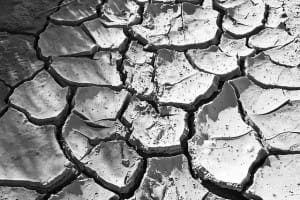ClimateProgress
by Natasha Geiling
 |
On April 1, California Governor Jerry Brown stood in a field in the Sierra Nevada Mountains, beige grass stretching out across an area that should have been covered with five feet of snow. The Sierra’s snowpack — the frozen well that feeds California’s reservoirs and supplies a third of its water — was just eight percent of its yearly average. That’s a historic low for a state that has become accustomed to breaking drought records.
In the middle of the snowless field, Brown took an unprecedented step, mandating that urban agencies curtail their water use by 25 percent, a move that would save some 500 billion gallons of water by February of 2016 — a seemingly huge amount, until you consider that California’s almond industry, for example, uses more than twice that much water annually. Yet Brown’s mandatory cuts did not touch the state’s agriculture industry.
Agriculture requires water, and large-scale agriculture, like that in California, requires large amounts of water. So when Governor Brown came under fire for exempting farmers from the mandatory cuts — farmers use 80 percent of the state’s available water — he was unmoved.
“They’re not watering their lawn or taking long showers,” he told ABC’s “The Week” the Sunday after he announced the restrictions. “They’re providing most of the fruits and vegetables of America to a significant part of the world.”

